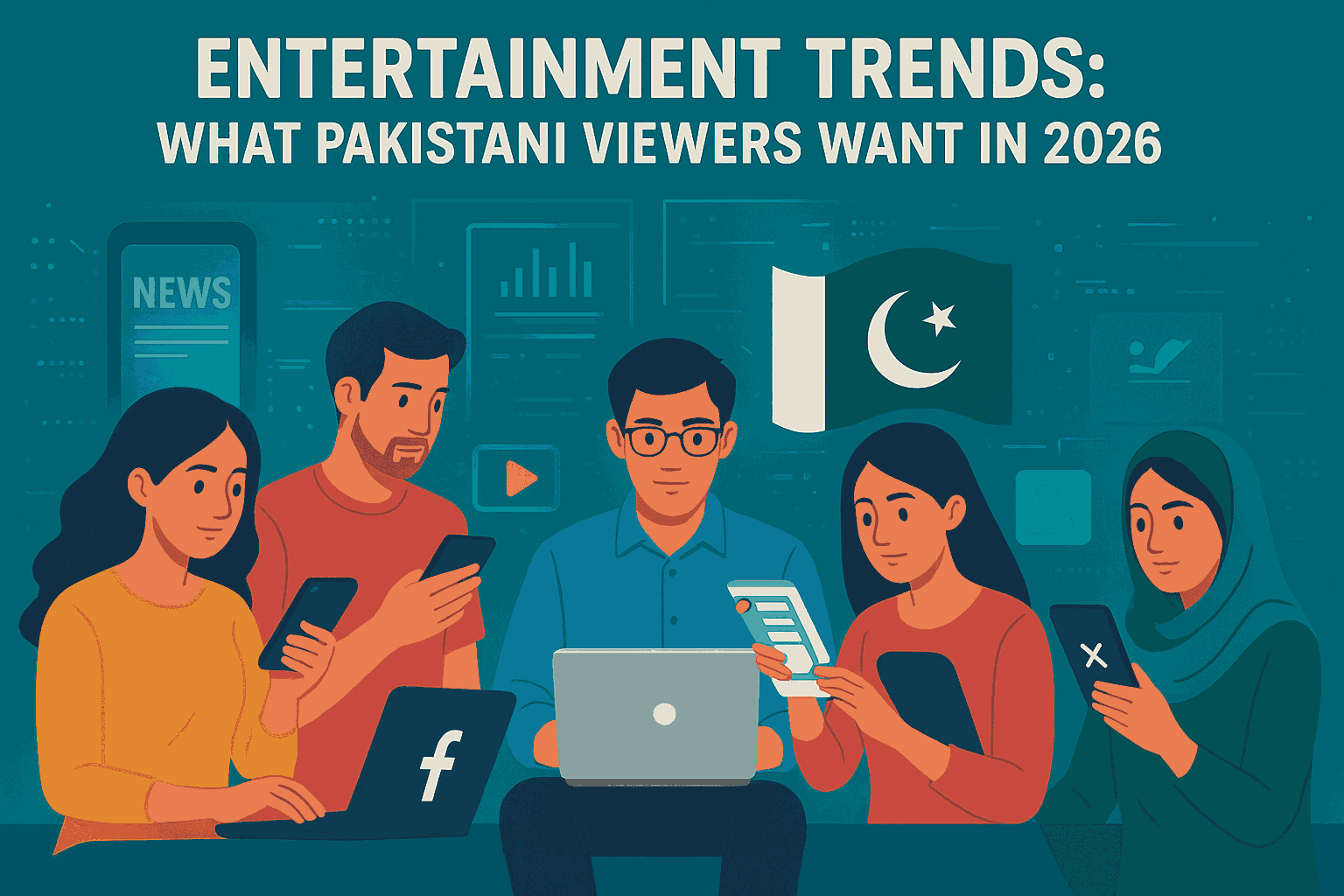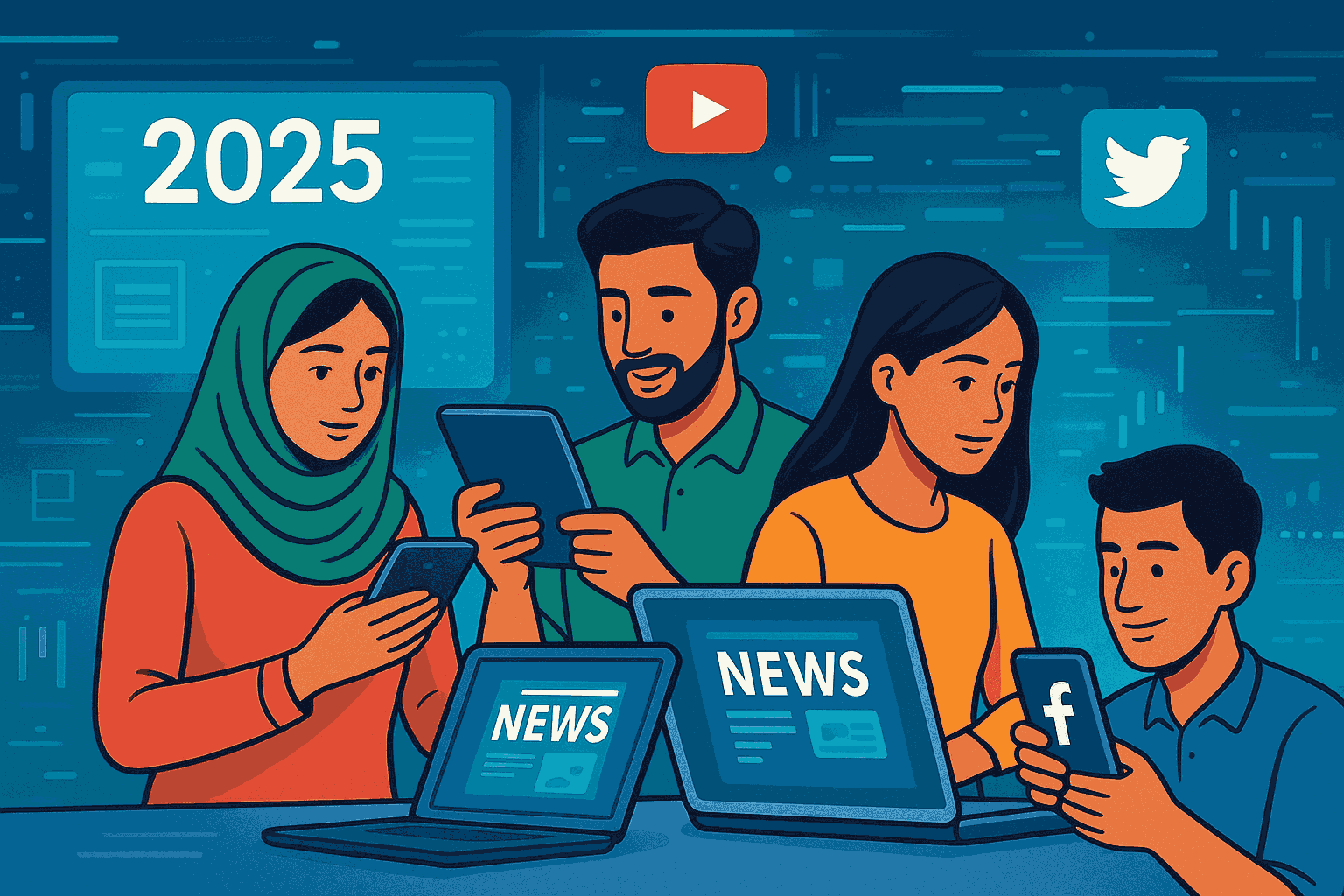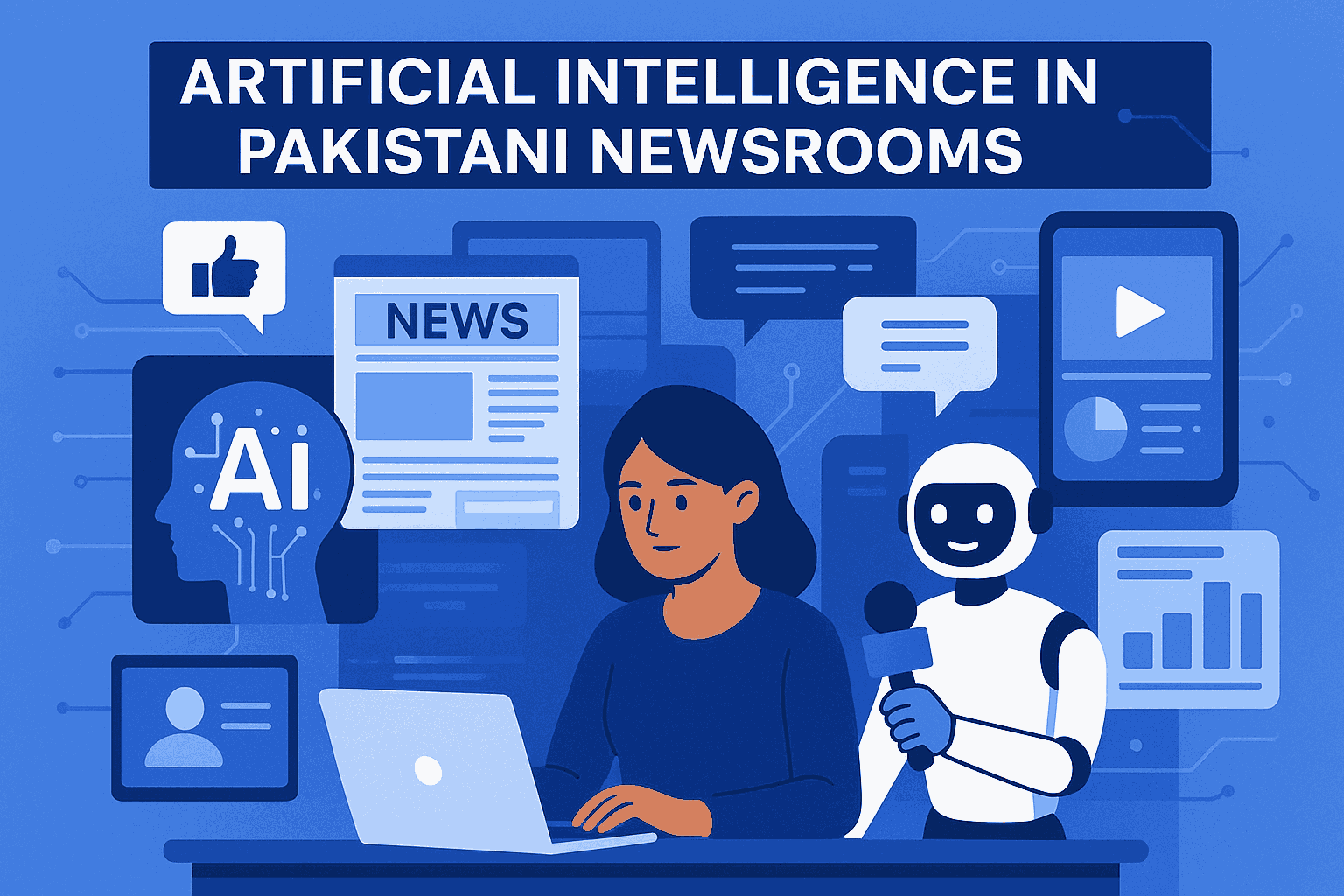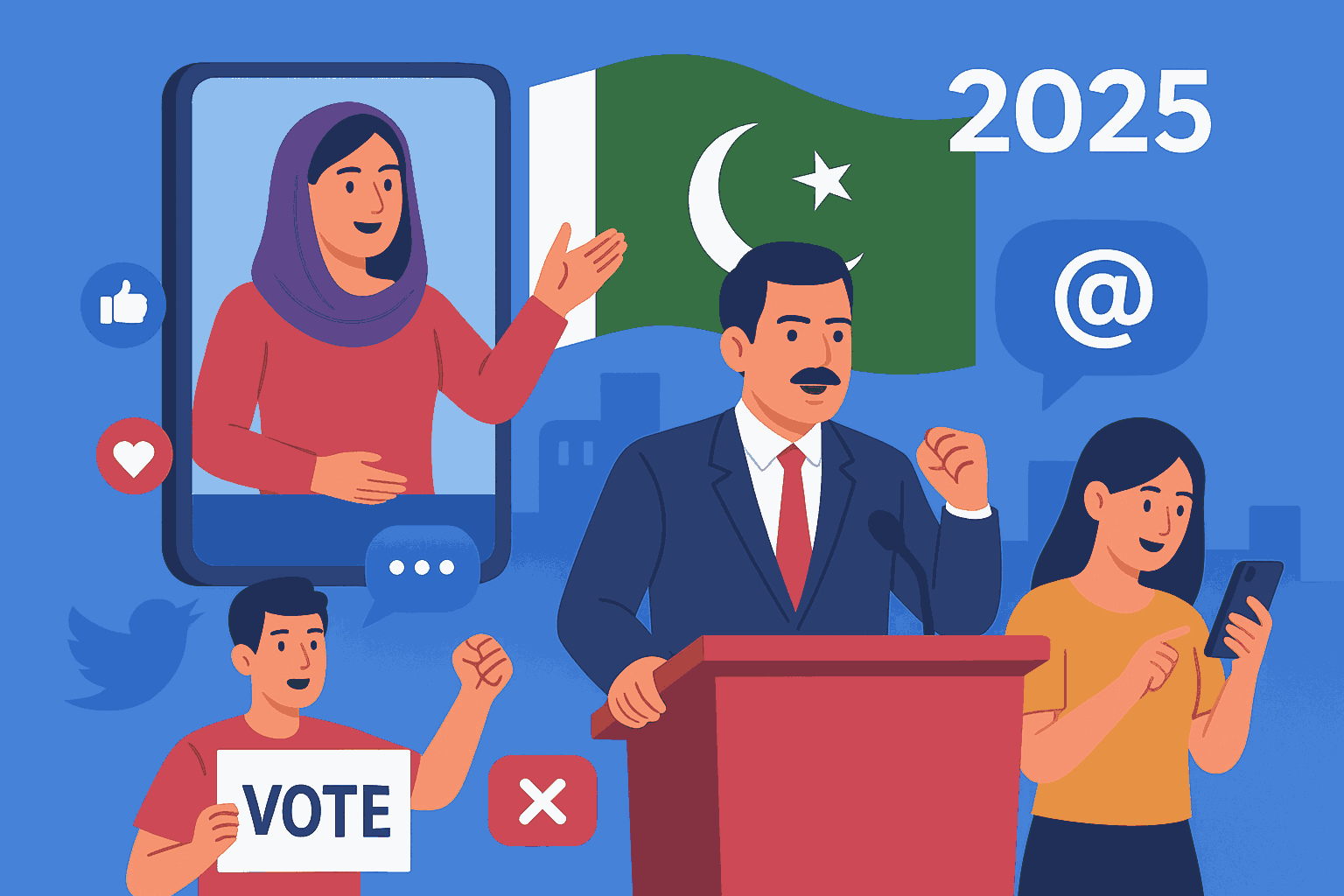Entertainment Trends: What Pakistani Viewers Want in 2026
By Sana KhalilPublished On 01 Nov 2025

As Pakistan enters 2026, the nation’s entertainment landscape is evolving faster than ever before. From streaming platforms to cinema revivals, short-form content to celebrity-driven digital shows — audiences across the country are redefining how and where they consume entertainment. The pandemic-era digital boom has matured into a powerful cultural force, reshaping habits, preferences, and expectations.
Below, we explore the key entertainment trends shaping Pakistan’s viewing habits in 2026 — and what local creators, media houses, and brands must do to stay ahead.
1. Streaming Platforms Take the Lead
In 2026, streaming is no longer a luxury — it’s the default. Platforms like Netflix, YouTube, Tapmad, Tamasha, and ARY Zap have become household names, while newer players are entering the market with localized content. Pakistani audiences, particularly urban millennials and Gen Z, are choosing on-demand convenience over scheduled TV broadcasts.
Viewers now expect:
- Ad-free or limited-ad experiences
- Affordable subscription models
- High-quality local originals in Urdu and regional languages
Moreover, mobile data packages and fiber internet expansion across Pakistan have made it easier for users to stream in HD. As a result, smartphones are the new TV screens, especially among the 18–35 age group.
2. Pakistani Originals Gain Global Appeal
Gone are the days when local TV dramas dominated only domestic audiences. In 2026, Pakistani web series and films are reaching international platforms, attracting South Asian diaspora viewers and even non-desi audiences. Platforms like Zee5, Netflix, and Amazon Prime Video are investing in Pakistani talent and production houses.
Recent hits such as Jo Bachay Hain Sang Samait Lo and Barzakh have proven that high-quality storytelling from Pakistan can capture a global audience. Expect to see more:
- Cross-border collaborations
- Subtitled and dubbed releases
- Culturally rich but globally relatable stories
This global recognition is motivating Pakistani producers to invest in cinematic-quality web series, marking a transition from traditional TV storytelling to international-standard entertainment.
3. Short-Form Content Dominates Social Media
TikTok, Instagram Reels, and YouTube Shorts continue to dominate the attention economy. In 2026, short-form creators have evolved into full-fledged influencers, entertainers, and storytellers. Many now blend humor, commentary, lifestyle, and even news into their 60-second videos.
The rise of creator-led mini-series and branded entertainment reflects this new ecosystem. Viewers prefer authentic, bite-sized stories they can relate to — rather than heavily produced TV ads.
According to recent digital surveys, over 75% of Pakistani Gen Z consumes more than two hours of short-form video daily. Brands and broadcasters have noticed — and are adapting accordingly.
4. The Cinema Comeback: A Revival in Progress
Pakistan’s cinema industry faced several challenges post-2020, but 2026 marks a slow yet promising revival of the silver screen. High-budget local productions, improved visual effects, and stronger marketing strategies are drawing audiences back to theaters.
Cinema chains like Cinepax and Nueplex are reinventing the movie-going experience with:
- Enhanced sound and visual quality
- Exclusive premieres
- Family-friendly screening environments
Moreover, patriotic and social-issue films are gaining traction. Movies that celebrate Pakistani identity or address youth concerns resonate strongly with audiences who seek both entertainment and meaning.
5. Celebrity Culture Goes Digital
Pakistani celebrities are no longer just TV or film icons — they’re digital personalities. From Mahira Khan’s interactive Instagram sessions to Ali Zafar’s music collaborations on YouTube, 2026 is the era of multi-platform stardom.
Fans want more than performances — they crave authentic, behind-the-scenes access. Social media engagement, personal vlogs, and live Q&A sessions allow fans to connect emotionally with their favorite stars. The most successful entertainers are those who balance traditional fame with digital intimacy.
6. Regional and Folk Content Resurgence
In a country as diverse as Pakistan, regional language entertainment — from Punjabi and Pashto dramas to Sindhi music and Balochi storytelling — is experiencing renewed interest. Platforms are beginning to subtitling and promoting regional shows to reach national audiences.
YouTube has become a powerful space for local creators from small towns and rural areas to share their art with the world. Folk music revivals, regional podcasts, and documentary-style storytelling are on the rise.
This trend signals a broader shift toward cultural inclusivity and digital democratization, where every voice and dialect finds a platform.
7. Interactive and AI-Driven Entertainment
2026 also brings innovation through artificial intelligence and interactive media. Personalized content recommendations, AI-generated music, and fan-driven storytelling experiences are emerging. Some Pakistani tech startups are experimenting with AI anchors and virtual influencers, blending journalism and entertainment.
Gamification — where viewers participate in polls, live votes, and choose-your-ending dramas — is gaining popularity, especially among youth. This trend reflects how Pakistani audiences now expect to engage with, not just consume, entertainment.
8. Music Streaming and Independent Artists Rise
The Pakistani music industry is thriving again, powered by Spotify, Patari, and YouTube Music. Independent artists are bypassing record labels to build global fan bases. Genres like indie-pop, lo-fi, and fusion folk are trending among urban youth.
Collaborations between established icons and emerging voices — like Young Stunners, Aima Baig, and Kaifi Khalil — have blurred the line between mainstream and underground music. Coke Studio continues to evolve as a digital-first platform, while regional and grassroots shows are nurturing new talent.
9. Social Awareness Through Entertainment
In 2026, Pakistani audiences are increasingly drawn to stories that reflect reality and drive social impact. Dramas, films, and podcasts addressing issues like women’s empowerment, climate change, and political transparency are gaining critical and popular attention.
Younger viewers, in particular, value authenticity and accountability in the media. Entertainment that promotes truth, justice, and civic awareness resonates deeply, reinforcing the connection between art and social change.
10. The Future: Hybrid Entertainment Ecosystem
The future of Pakistani entertainment lies in hybridity — a seamless mix of traditional and digital media. Viewers want flexibility, diversity, and participation. As boundaries blur between TV, cinema, and social media, the challenge for creators will be storytelling that travels across screens.
For content producers, journalists, and digital strategists, 2026 is a call to innovate — not just to entertain, but to engage and empower audiences.
Conclusion: The Audience Has the Power
In 2026, Pakistani viewers are more informed, expressive, and digitally connected than ever before. They don’t just watch — they decide what succeeds. The entertainment industry’s future belongs to those who understand this audience — their aspirations, struggles, and sense of identity.
Platforms like 9News HD TV have the opportunity to lead this new era — blending journalism, culture, and creativity to reflect what truly matters to Pakistanis today.


